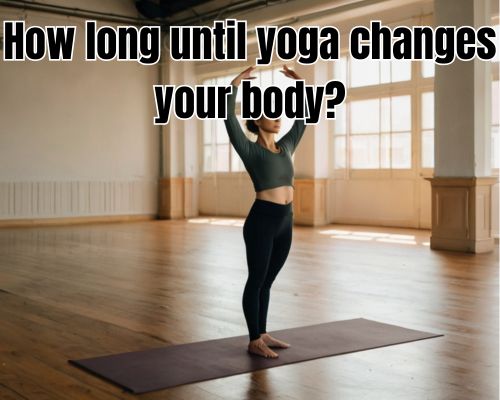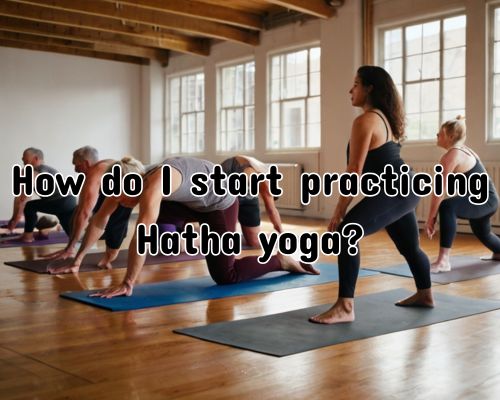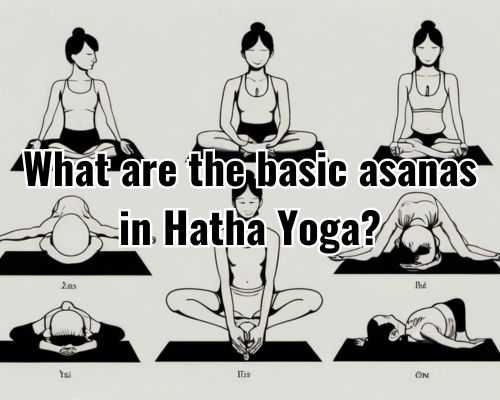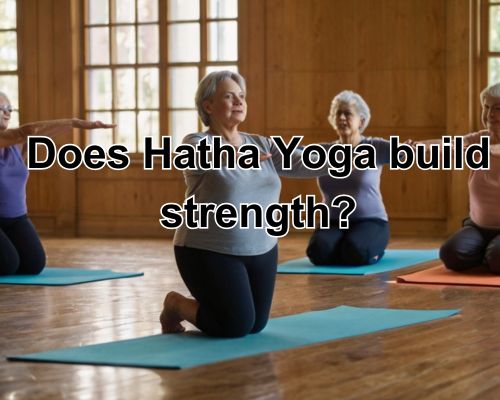What Are the 12 Asanas? A Complete Guide to the Foundational Yoga Poses Practised in Mornington, Australia
In recent years, yoga in Mornington, Australia has evolved from a niche spiritual practice into a cornerstone of holistic wellness. Whether it’s a sunrise flow on the shores of Mothers Beach or a mindful session at a boutique studio in Main Street, locals are embracing yoga for its physical, mental, and emotional benefits. Central to this ancient discipline is a core sequence known as the 12 asanas, or yoga postures, forming the backbone of traditional Hatha Yoga and especially the Sūrya Namaskāra, or Sun Salutation.
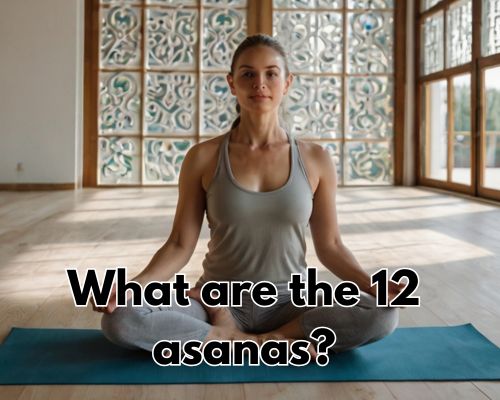
So, what are the 12 asanas and why are they revered in both classical and modern yoga traditions? With Bikram Yoga Mornington, let’s explore their meanings, benefits, and how they’re being embraced by Mornington’s wellness community.
🌞 Understanding the 12 Asanas: A Pillar of Surya Namaskar
The 12 asanas refer to a sequence of postures commonly practiced as part of Surya Namaskar, a dynamic flow designed to energize the body and calm the mind. Each posture aligns with the breath and activates specific muscle groups and energy channels, or nadis.
The sequence is:
- Pranamasana (Prayer Pose)
- Hastauttanasana (Raised Arms Pose)
- Hasta Padasana (Hand to Foot Pose)
- Ashwa Sanchalanasana (Equestrian Pose)
- Dandasana (Stick Pose)
- Ashtanga Namaskara (Eight Limbed Pose)
- Bhujangasana (Cobra Pose)
- Adho Mukha Svanasana (Downward Dog)
- Ashwa Sanchalanasana (Equestrian Pose – other leg forward)
- Hasta Padasana (Hand to Foot Pose – repeat)
- Hastauttanasana (Raised Arms Pose – repeat)
- Pranamasana (Prayer Pose – close)
These asanas are often synchronized with inhalation and exhalation, embodying the flow of life itself. Their origins trace back thousands of years to ancient Indian yogic texts, particularly the Hatha Yoga Pradipika.
🧘♀️ The Role of the 12 Asanas in Local Yoga Practice
Mornington yoga practitioners often integrate these poses into daily routines, particularly during sunrise sessions overlooking Port Phillip Bay. Local yoga instructors in studios such as Mornington Yoga Collective and Yoga Tree have incorporated these postures not just for their flexibility-enhancing benefits but for their meditative quality.
Here’s how these 12 asanas contribute to the wellness scene in Mornington:
- Pranamasana and Hastauttanasana help center the mind and improve postural alignment, ideal for those with sedentary jobs in the Mornington Peninsula’s business hubs.
- Ashwa Sanchalanasana boosts hip mobility, beneficial for surfers frequenting nearby Shire Hall Beach or hikers trekking Arthurs Seat State Park.
- Dandasana and Ashtanga Namaskara develop core strength and endurance, a perfect complement to the active lifestyle of Mornington locals.
- Bhujangasana and Adho Mukha Svanasana promote spinal health and flexibility, crucial for both desk-bound workers and aging populations looking to improve mobility.
💡 Why Knowing the 12 Asanas Matters
Understanding what the 12 asanas are gives you access to a timeless body of knowledge that merges physical fitness with spiritual balance. Unlike gym routines that isolate muscles, these yoga postures engage the entire musculoskeletal system, stimulate lymphatic drainage, enhance cardiovascular health, and promote mental clarity.
In Mornington, where work-life balance and wellness are highly valued, integrating the 12 asanas into your morning ritual can:
- Reduce stress and anxiety
- Improve concentration and focus
- Regulate metabolism and digestion
- Enhance sleep quality
Practicing this sequence daily—whether by the beach, at a studio, or from your home—creates a sense of rhythm and resilience that resonates with Mornington’s coastal yet contemporary lifestyle.
🗺️ Local Hotspots to Learn the 12 Asanas in Mornington
Several yoga centres and wellness spaces in Mornington offer classes tailored to all experience levels. Here’s where locals deepen their understanding of the 12 asanas:
1. Warrior One Yoga – Mornington
A boutique space offering traditional Hatha Yoga classes focused on alignment and breath. Their instructors often begin sessions with a deep dive into Surya Namaskar, helping students master the 12 postures. See Bikram Yoga Mornington.
2. Light Space Yoga
Located just a short drive from Mornington, this studio blends modern mindfulness with classical asana flows, emphasizing the mind-body connection integral to each of the 12 postures.
3. Beach Yoga at Mills Beach
Informal but popular, community-led beach yoga classes often take place at sunrise, aligning perfectly with the symbolic essence of the Sun Salutation sequence. Watching the sunrise over Port Phillip Bay as you flow through these asanas is nothing short of magical.
🧬 Salient Benefits Backed by Science
Multiple scientific studies affirm the physiological and psychological benefits of practicing the 12 asanas:
- A study published in the International Journal of Yoga found that regular practice of Surya Namaskar improves pulmonary function and body composition.
- Another report in the Journal of Clinical Psychology noted significant reductions in cortisol levels and perceived stress among participants practicing the full 12-pose sequence over 8 weeks.
- Melbourne-based wellness researchers have begun integrating yoga into treatment protocols for anxiety and depression, citing the meditative breathwork and posture synchronization found in the Surya Namaskar series.
🔍 Related Concepts and LSI Keywords for Deeper Insight
To enhance your understanding (and for SEO relevance), here are some LSI (Latent Semantic Indexing) keywords and related entities connected to the 12 asanas:
- Sun Salutation poses
- Hatha Yoga sequence
- Yoga for beginners Mornington
- Mindfulness Mornington Peninsula
- Yoga studios in Mornington
- Ashtanga Yoga vs Hatha Yoga
- Benefits of Surya Namaskar
- Yoga for flexibility and strength
- Meditation and yoga Mornington
These keywords also help online searchers find localized and targeted content about yoga and wellness in Mornington.
🧘 Final Thoughts: Embody the Ancient, Live the Modern
So, what are the 12 asanas? They are more than just poses; they are a living ritual, a conversation between breath and body, sun and soul. For the people of Mornington, Australia, these postures provide a daily opportunity to connect with self, nature, and community.
Incorporating these 12 yoga asanas into your life—whether you’re a seasoned yogi or a curious beginner—can lead to transformative benefits that ripple into every corner of your well-being. From the calm of Mills Beach to the tranquil studios on Main Street, Mornington is breathing yoga—one posture at a time.
🔗 Looking to get started? Explore introductory classes in Mornington or try a self-guided 12 asana session during your next visit to Fishermans Beach. Your body—and mind—will thank you.
Stay balanced. Stay local. Namaste.
